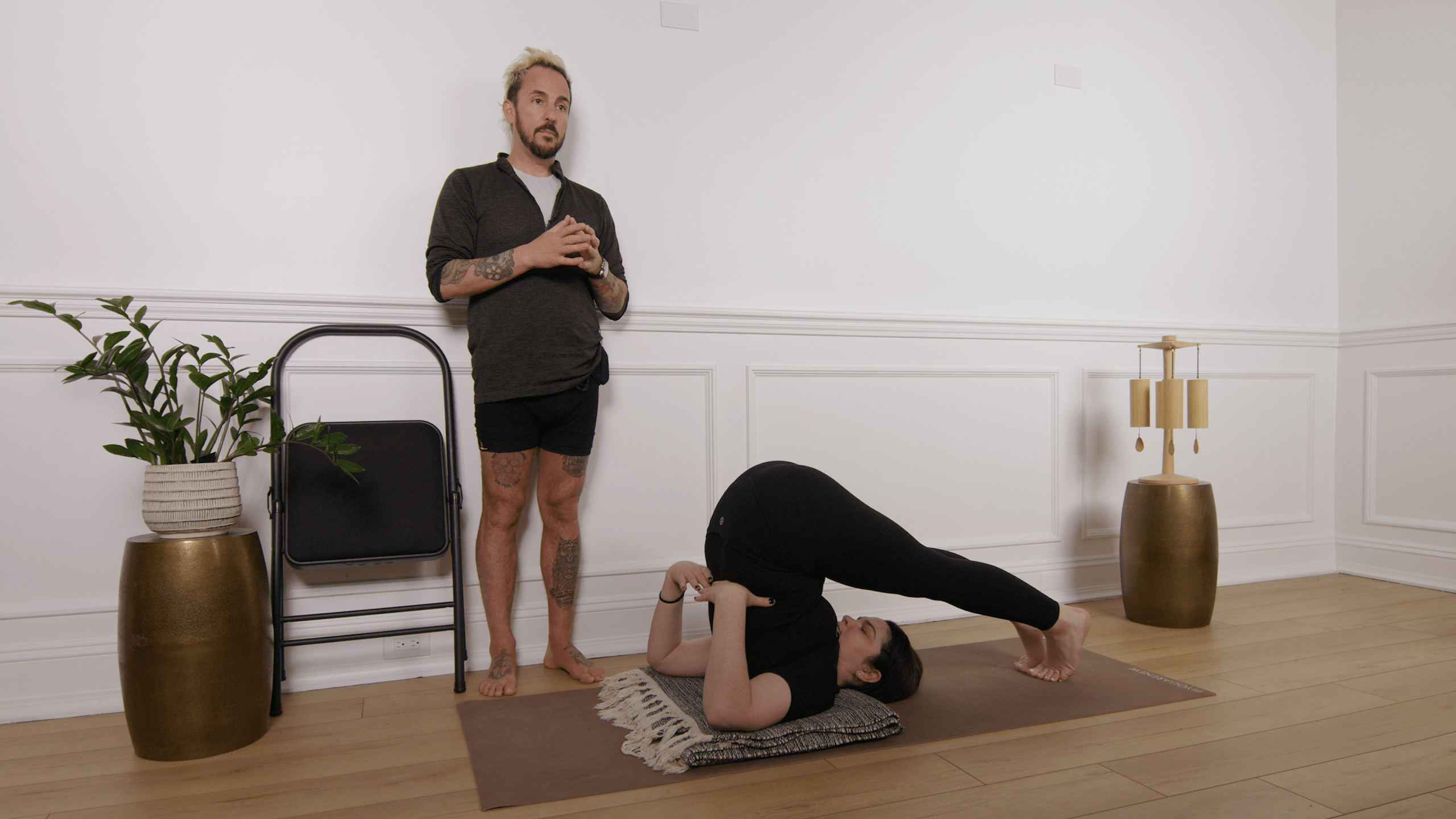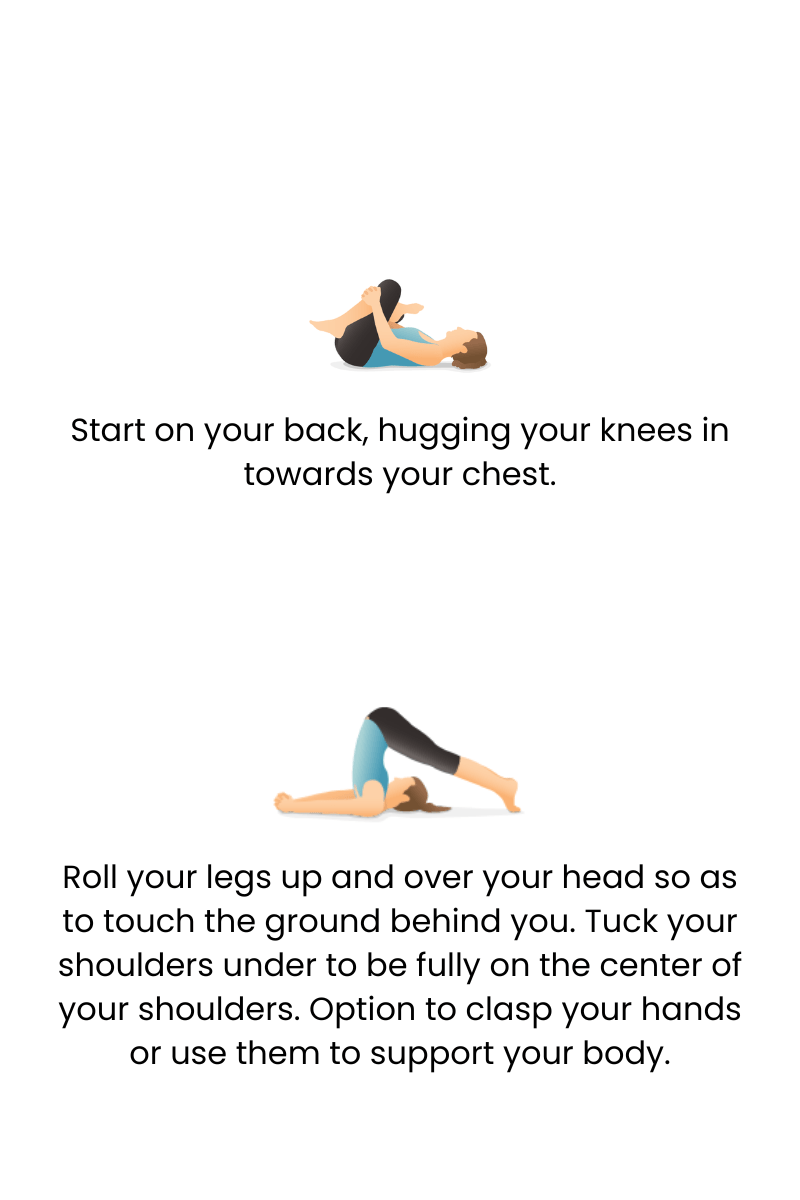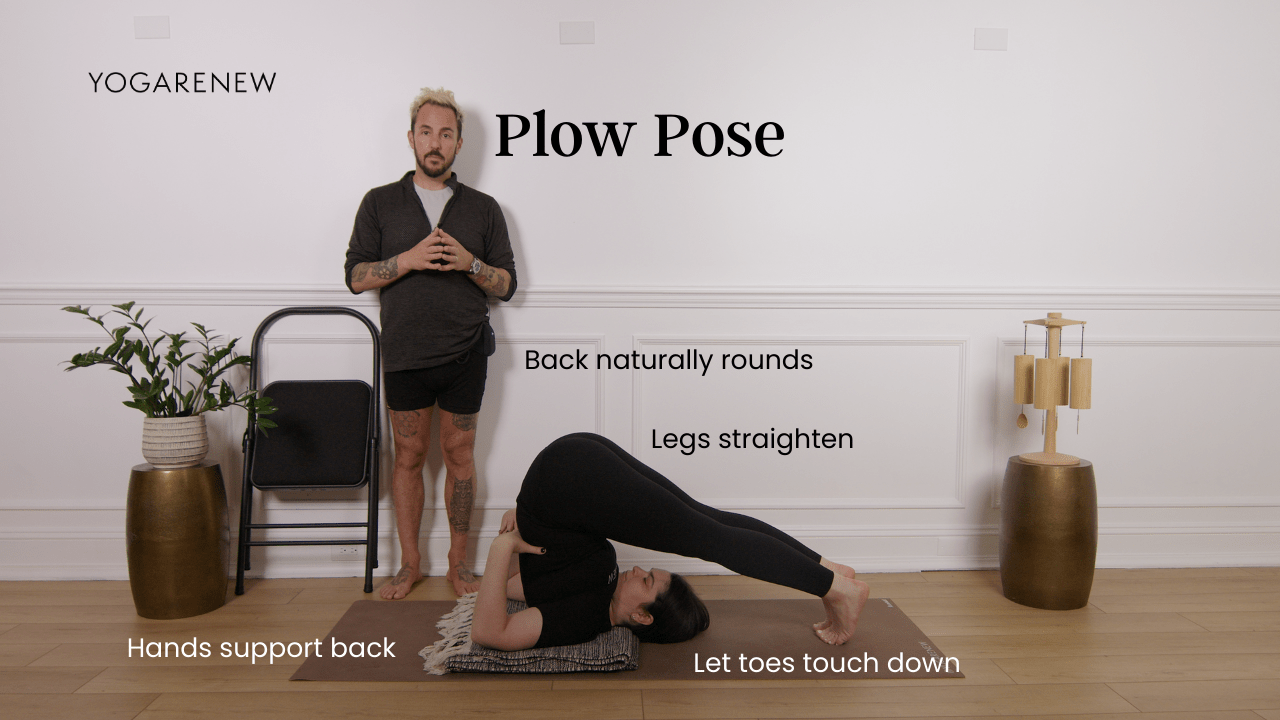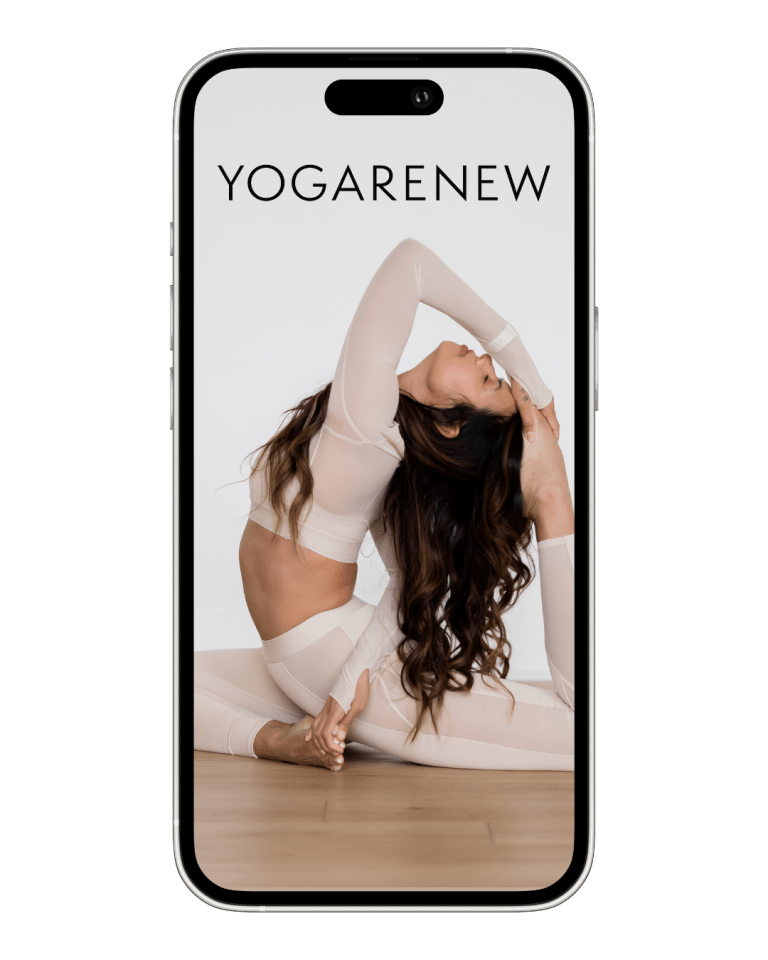What is Plow Pose?
English Name: Plow Pose
Sanskrit Name: Halasana (pronounced hah-LAHS-uh-nuh)
Category: Inversion, Forward Fold, Intermediate, Restorative

English Name: Plow Pose
Sanskrit Name: Halasana (pronounced hah-LAHS-uh-nuh)
Category: Inversion, Forward Fold, Intermediate, Restorative
Halasana, or Plow Pose, is a deep, introspective inversion that calms the nervous system while stretching the spine, shoulders, and hamstrings. Named after the traditional farming plow used in ancient India, this posture symbolizes breaking through inner resistance and clearing mental clutter—making space for focus, clarity, and release.
Often used toward the end of a yoga sequence, Halasana helps transition the body and mind toward stillness. With proper support and mindful entry, it can be a deeply nourishing pose that invites surrender and spaciousness in both body and breath.


Forcing feet to the floor: Can strain hamstrings or lower back
Compressing the neck: Use a blanket and keep weight in shoulders, not the head
Tensing the face or jaw: Keep the breath soft and even
Moving quickly into or out of the pose: Always enter and exit slowly
Turning the head: Increases risk of injury—always keep gaze upward
Neck or spine sensitivity: Avoid unless under expert guidance
High blood pressure, glaucoma, or migraines: Skip or substitute
Chronic fatigue or dizziness: May be too stimulating—opt for gentler inversions
Early pregnancy or third trimester: Avoid due to positioning and pressure
Emotional overwhelm: Deep inversions can be intense—use props or alternate postures
Halasana is a deeply inward-turning pose that embodies the essence of surrender. By folding into ourselves, we access deep stillness, clarity, and space for breath. Practicing Plow Pose regularly encourages spinal flexibility, nervous system regulation, and a grounded sense of release. While it requires care and mindfulness, its benefits are far-reaching—physically, emotionally, and energetically.
That’s completely fine. Use props or hover the legs while keeping alignment and breath steady.
Yes, with props and guidance. Start with supported versions and avoid pushing into discomfort.
If your body feels safe and stable in the pose, yes. Always warm up properly beforehand.

Explore classes & pose tutorials for any style, format, duration or experience level with a free account in the YogaRenew app. Or subscribe and gain access to workshops, live classes and more.